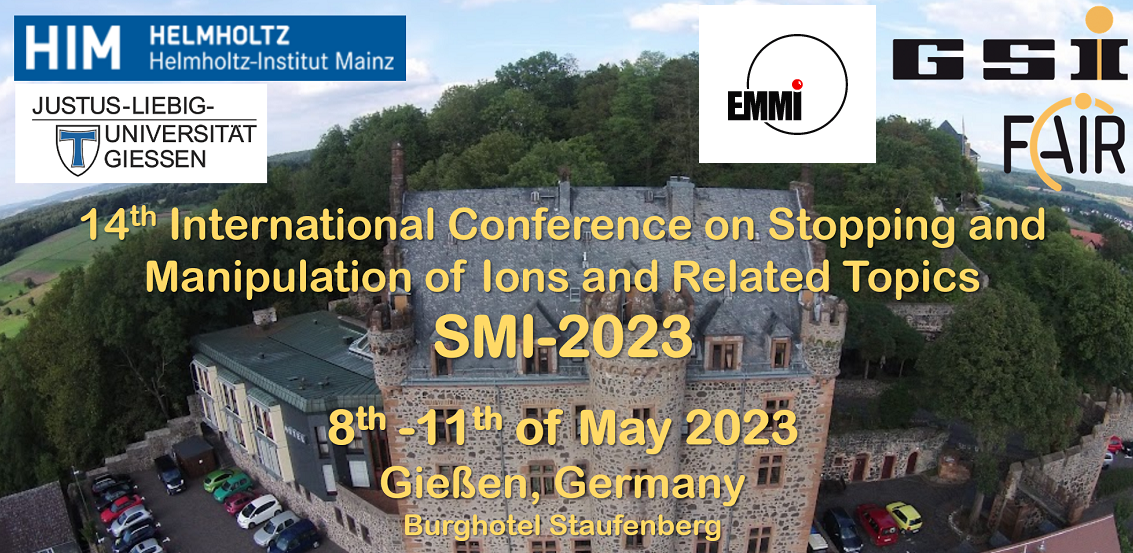Sprecher
Beschreibung
Experiments with thermalized and low-energy exotic nuclides extracted from a gas-filled stopping cell rely on an efficient production, stopping and preparation of the mentioned rare nuclides. However, an often forgotten and only partially considered aspect is the interplay between the separator and the stopping in the stopping cell. Over the years, several novel techniques have been developed and applied for experiments with the FRS Ion Catcher at the final focus of the FRS at GSI, with the aim to improve access interesting short-lived nuclei.
These methods include:
(a) Rate enhancement and separation quality by careful selection of targets, beam energies and ion optics.
(b) Optimization of the stopping efficiency in terms of matching and manipulation of the longitudinal momentum distribution. This can be done to either achieve a high stopping efficiency of a single rare nuclide or to achieve stopping of a broad range of interesting nuclides at the same time.
(c) Coupling of the data acquisition systems of the FRS and the multiple-reflection time-of-flight mass spectrometer (MR-TOF-MS) of the FRS Ion Catcher to perform a time correlation between the FRS event by event in-flight particle identification and the extracted nuclei analyzed by the MR-TOF-MS.
Additionally, the FRS Ion Catcher is used as an independent diagnostics tool for other nuclear physics experiments. Via precise and accurate mass measurement an unambiguous and independent calibration of the in-flight particle identification can be performed.

